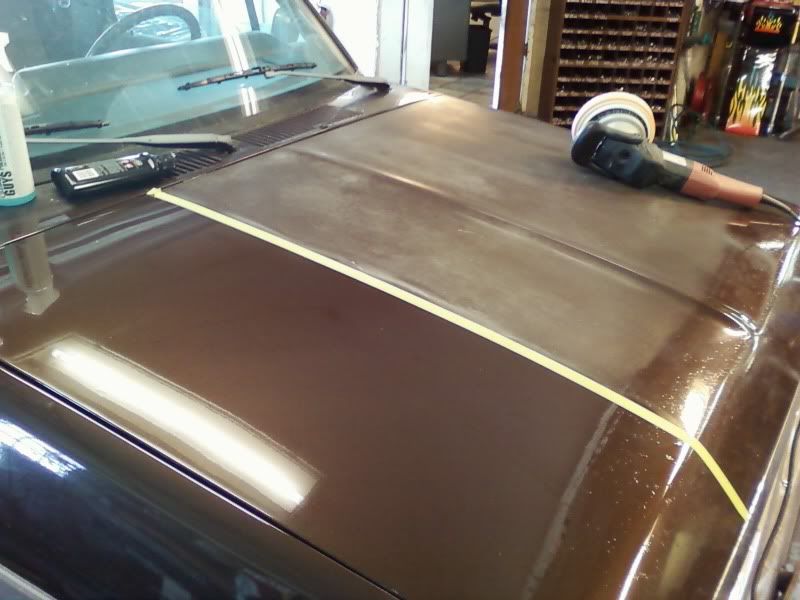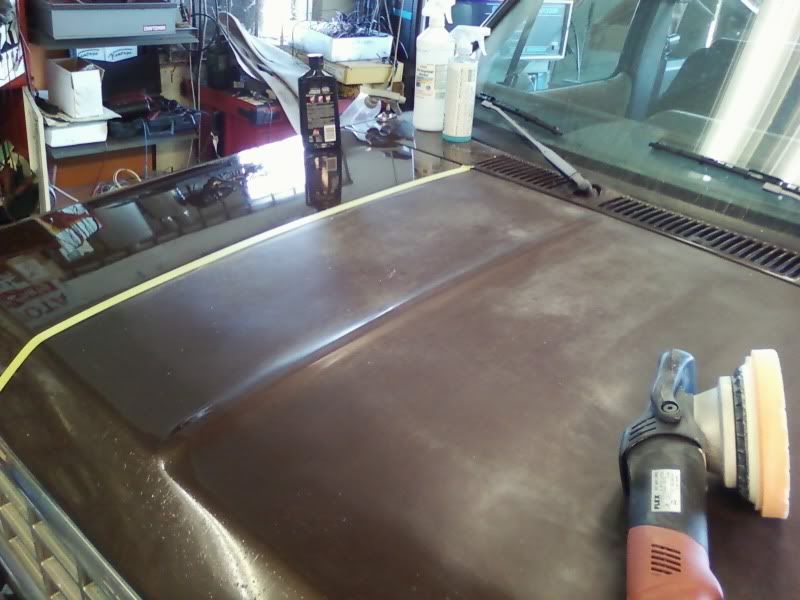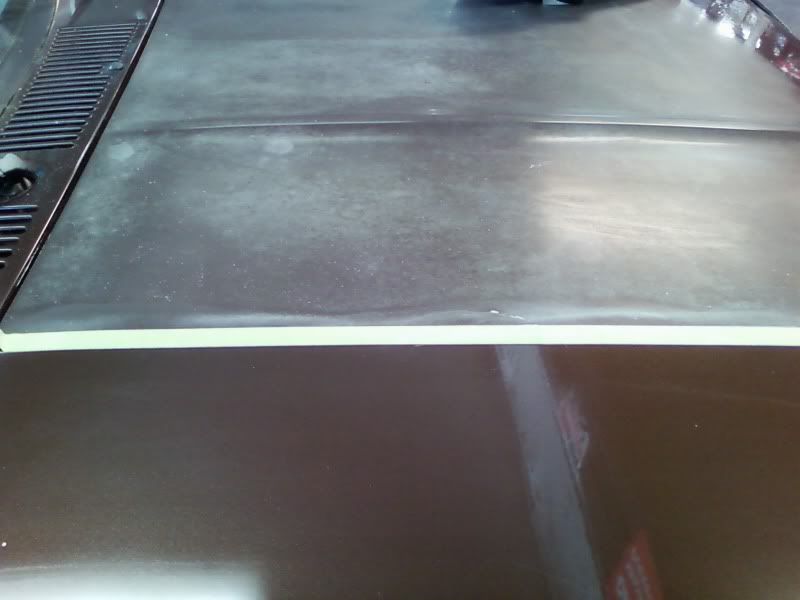I have a few questions about polishing out the oxidation on my Bronco. I got this thing about 6 months ago and took care of all the mechanical issues first. I've been wanting to polish out the hood, but it's been very intimidating and slightly frustrating. I posted some pictures of the oxidation and what I've done so far. What would you guys recommend for this type of job? I've been using Megs 105 and Menz SIP. I have a Flex 3401 and I'm using The chemical guys hex logic pads (yellow and orange). You can see the part I've polished so far, but in certain lighting and from certain angles you can still see slight oxidation and it's driving me crazy! Is there any way to remove it all? I'm not totally new to polishing, but far from calling myself 'experienced'. How would you guys tackle this job? I'm not afraid of trying different things (I honestly don't care about this paint that much, since I got this as a trail truck and it has clear coat failure in some other spots. I really just want the practice!)
While I'm at it, how did you guys get better at polishing? And at detailing in general? Just practice? I've been thinking about getting a rotary (Makita), but I've put it off. Would it be that hard to learn, switching from the Flex?
Any advice would be greatly appreciated!
Thanks so much, -Ash




While I'm at it, how did you guys get better at polishing? And at detailing in general? Just practice? I've been thinking about getting a rotary (Makita), but I've put it off. Would it be that hard to learn, switching from the Flex?
Any advice would be greatly appreciated!
Thanks so much, -Ash





